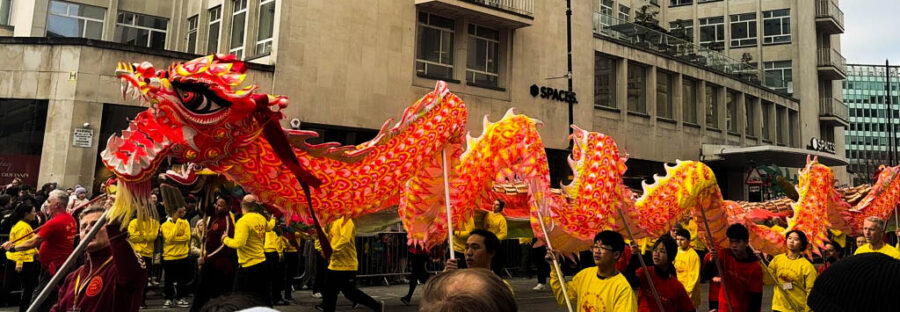Welcoming the Year of the Snake: Manchester’s Chinatown shines during Lunar New Year celebrations
- Featured image credit: Aditi Nahar
Chinatown came alive on Saturday night as Manchester celebrated the Lunar New Year, welcoming in the Year of the Snake and showcasing a rich array of east Asian culture.
NQ reporters Ruby Henry-Dicks, Aditi Nahar, and Scarlet Chambers dived head-first into the celebrations held across the weekend to mark the first day of the lunar calendar.
Also known as Chinese New Year, the Lunar New Year falls every 29 January and is observed across countries in East Asia. Chinese New Year, meanwhile, is the celebration specific to China, and is particularly popular in Manchester thanks to the city’s vibrant Chinese community.
Transitioning from the Year of the Dragon, the snake symbolises wisdom and transformation, promoting personal growth.
The weekend’s activities, organised by the Federation of Chinese Associations of Manchester (FCAM), saw Chinatown’s carpark transformed on Saturday (1 February) into a vibrant hub of activity, featuring a bustling food market filled with local vendors offering authentic Chinese delicacies and goods.
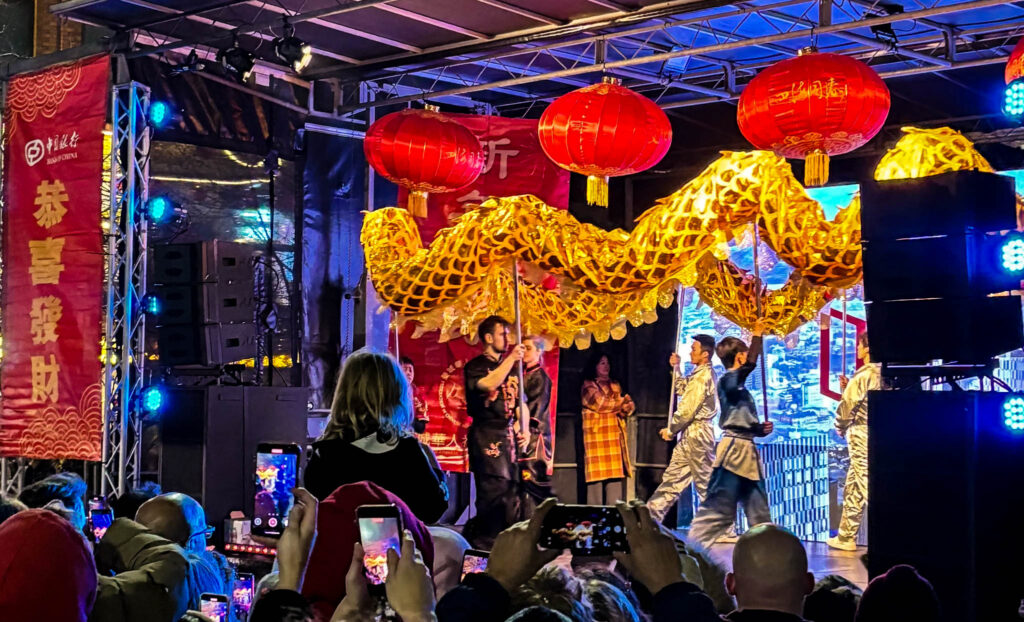
The atmosphere was electrified by the decorations adorning the streets and the sounds of traditional music playing throughout, accompanied by the bright lights of the children’s funfair and the dragon show, which saw hundreds of eager onlookers huddle around the main stage.
Manchester’s Chinatown, concentrated around Faulkner Street, was first established in the early 20th century, and is recognised as the second-largest Chinatown in the UK and third-largest in Europe.
It’s filled with restaurants, shops and cultural landmarks, including the iconic Paifang archway. Manchester’s Chinese community is one of the largest in the North West; according to the 2021 census, 2.3% of Manchester’s population identifies as Chinese.
Mollie Power, 31, from Yorkshire, who ran an Asian food stall at the event expressed her excitement: “We love the Lunar New Year. I think it’s a really magical celebration. We started our street food business when we used to live in Vietnam. We love that side of the world and we love celebrating Lunar New Year.”
Her passion for sharing Vietnamese cuisine highlighted the cultural exchange that characterised the evening.
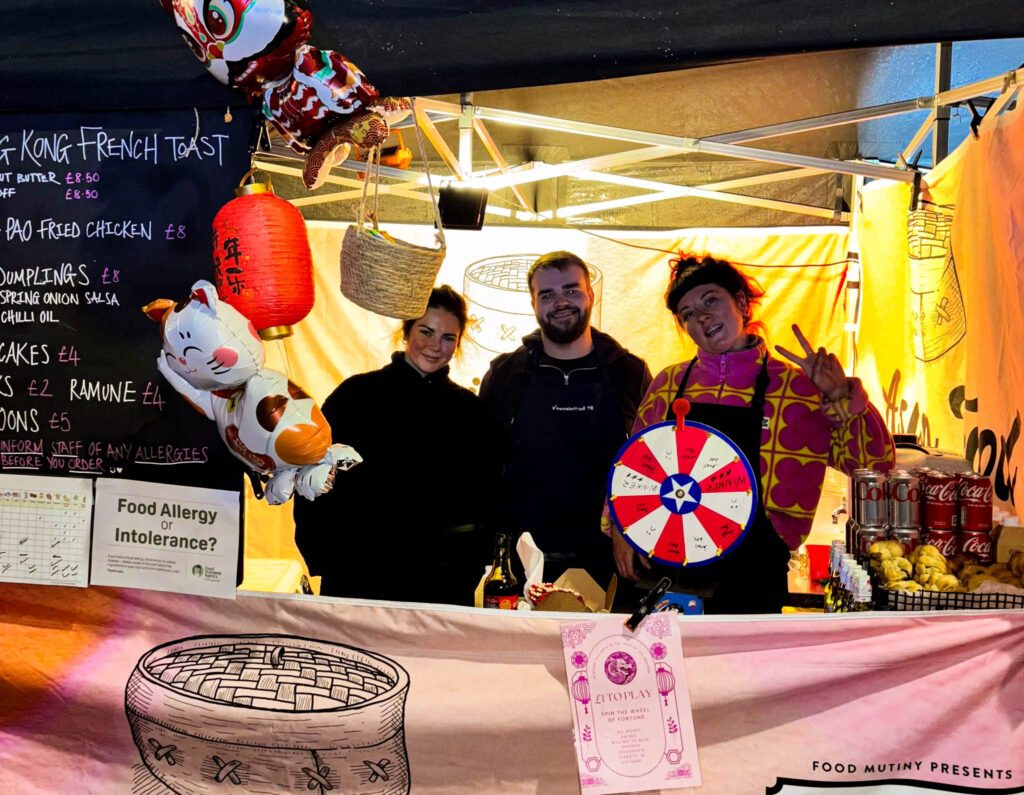
Julia Yu, a 22-year-old exchange student from the Zhenjiang Province, shared her thoughts on the celebrations: “I think it’s a good night and the stalls remind me a lot of those in my hometown in China. Normally, during this time of year, we gather with family, but this year I’m only here with my friend.”
Yu noted that while she had previously attended other celebrations in London, which holds the title of the biggest Chinatown in the UK, they lacked the vibrant market stalls found in Manchester.
“This year in Manchester has been the best celebration I’ve experienced in the UK. The atmosphere reminds me of home,” she added.
While the celebrations may feel different for the Chinese students studying abroad in Manchester, it’s a celebration away from home for all of them.
Speaking to NQ’s Aditi Nahar, Man Met student Lam Wai Lok shared how he was celebrating Chinese New Year in Manchester and continuing Chinese traditions away from home.
“We divide the festivities into two parts: before the New Year, and after the New Year,” he said.
“We clean the house on the 28th, but through the last two weeks, we just met everyone from friends to family and had a feast. It’s always a good time for Chinese restaurants because everyone gathers and has banquets.
“On New Year’s, it is customary to stay at home – or at least close to family. My entire extended family on my mother’s side gathers in one house and has another feast.”
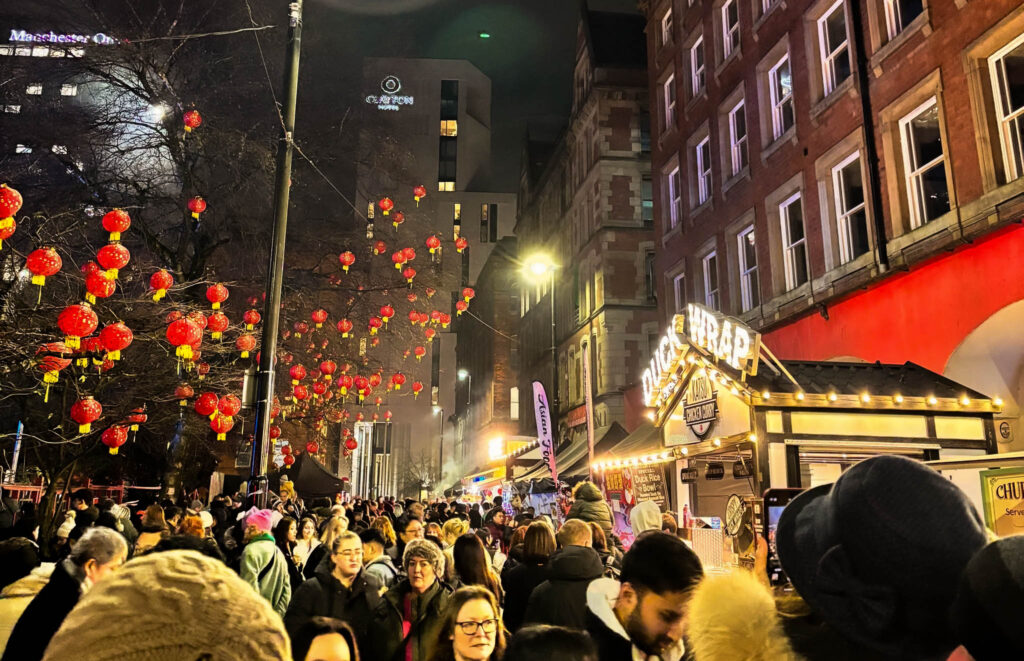
When asked if there was any difference in celebrating the Chinese New Year in Manchester, he said: “Yes. In Manchester, especially when you’re alone, you don’t celebrate the Chinese New Year. For one thing, it isn’t a national holiday in the UK, and as it’s not a Chinese-cultured country, the vibes are completely different.
“You don’t get the massive celebrations and the fireworks; the lanterns, while a nice touch, don’t fit the vibe because they’re usually associated with the mid-autumn festival, at least in Hong Kong.”
Lam also went into the significance of the red envelope – a common staple of the Lunar New Year in Chinese culture. “It’s related to money,” he said.
“Red in China is associated with good fortune, and every time anyone gives or receives one, well-wishes are given to the recipient or the gifter. There is money inside, and the value depends on how well you know the person – only married couples give them out.”
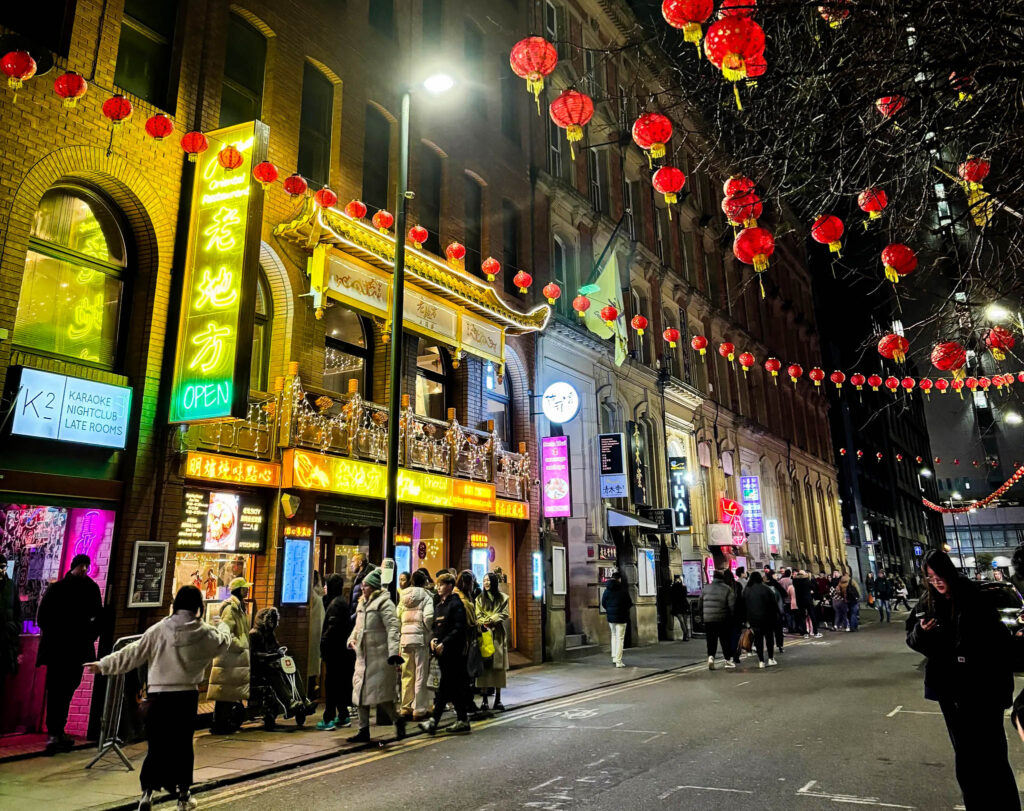
Following on from Saturday night, the New Year’s celebrations continued well into the next day. On Sunday (2 February) festivities began outside of St Peter’s Square library at noon, with three dragons dancing to the beat of a large drum as thousands of people lined Oxford Street, craning to catch a glimpse of the performers within the highly-anticipated dragon parade.
One attendee, Reece Charas, said he was “super excited for the performance,” describing it as “one of the best early highlights of the year”.
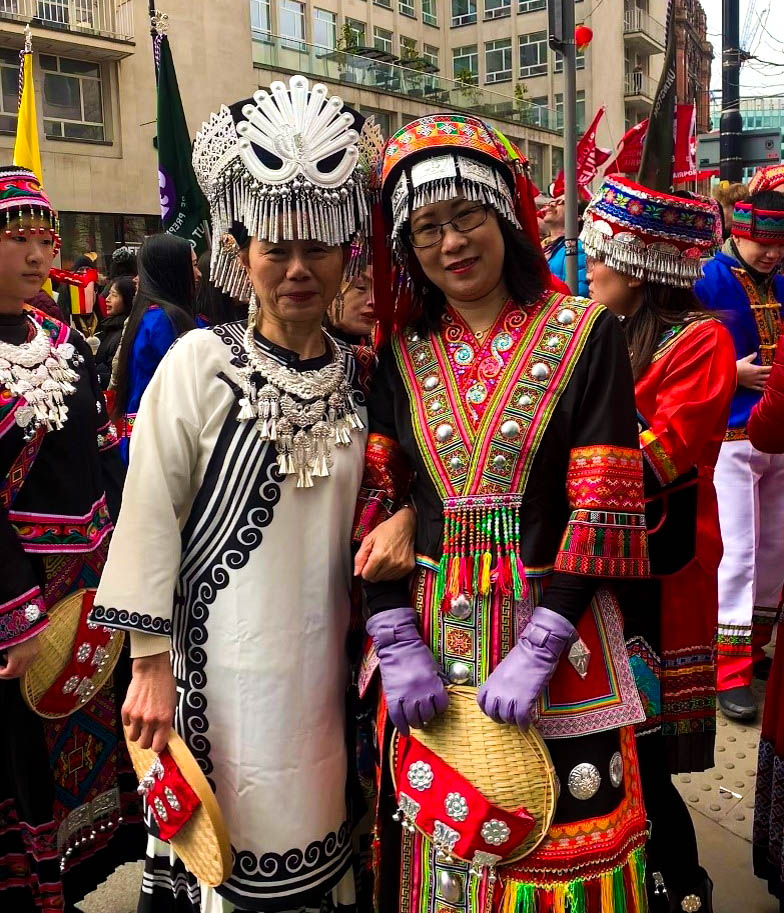
The parade was followed by traditional dancers from South China. One performer, Sylvia, said she was “super excited to perform here for the first time. It’s important to show off unique dances from my culture and bless Manchester”.
The procession rounded off in Chinatown, with stalls selling Chinese characters, ornaments and good omens for the future. The event not only showcased the vibrant traditions and artistry of the Lunar New Year, but also strengthened community bonds and set the precedent for a joyful celebration that brought together people of all backgrounds to revel in the rich cultural heritage of the Chinese community.


